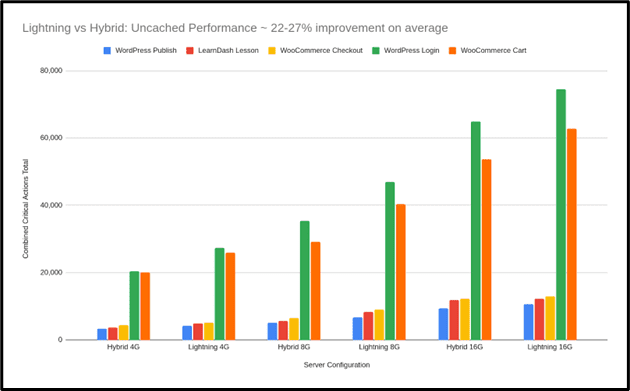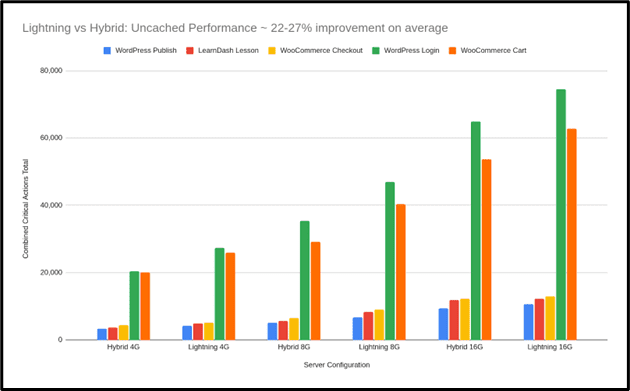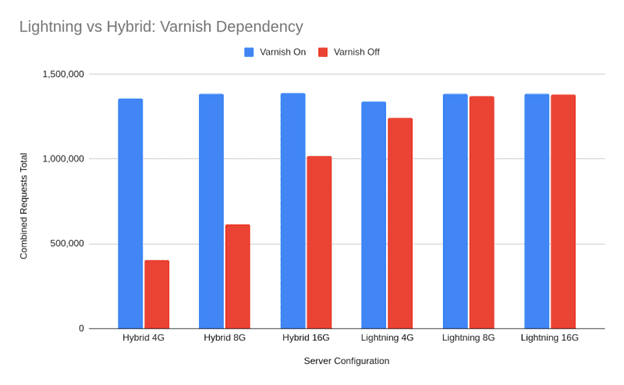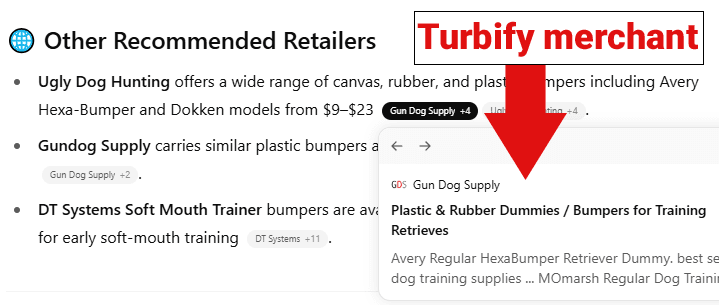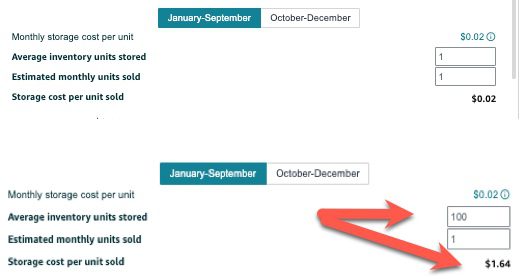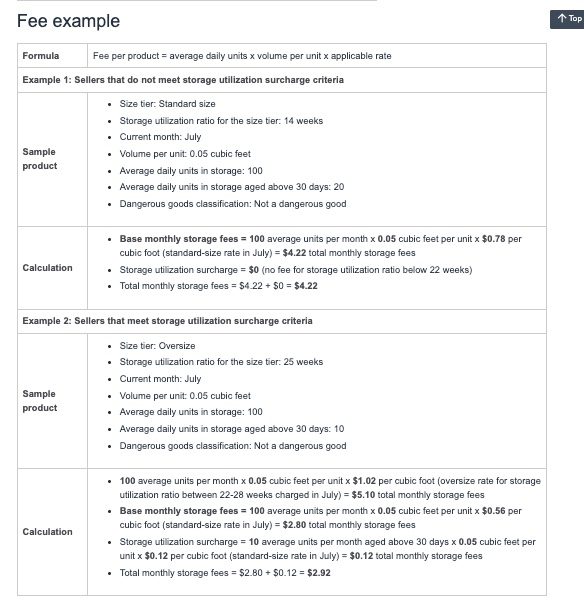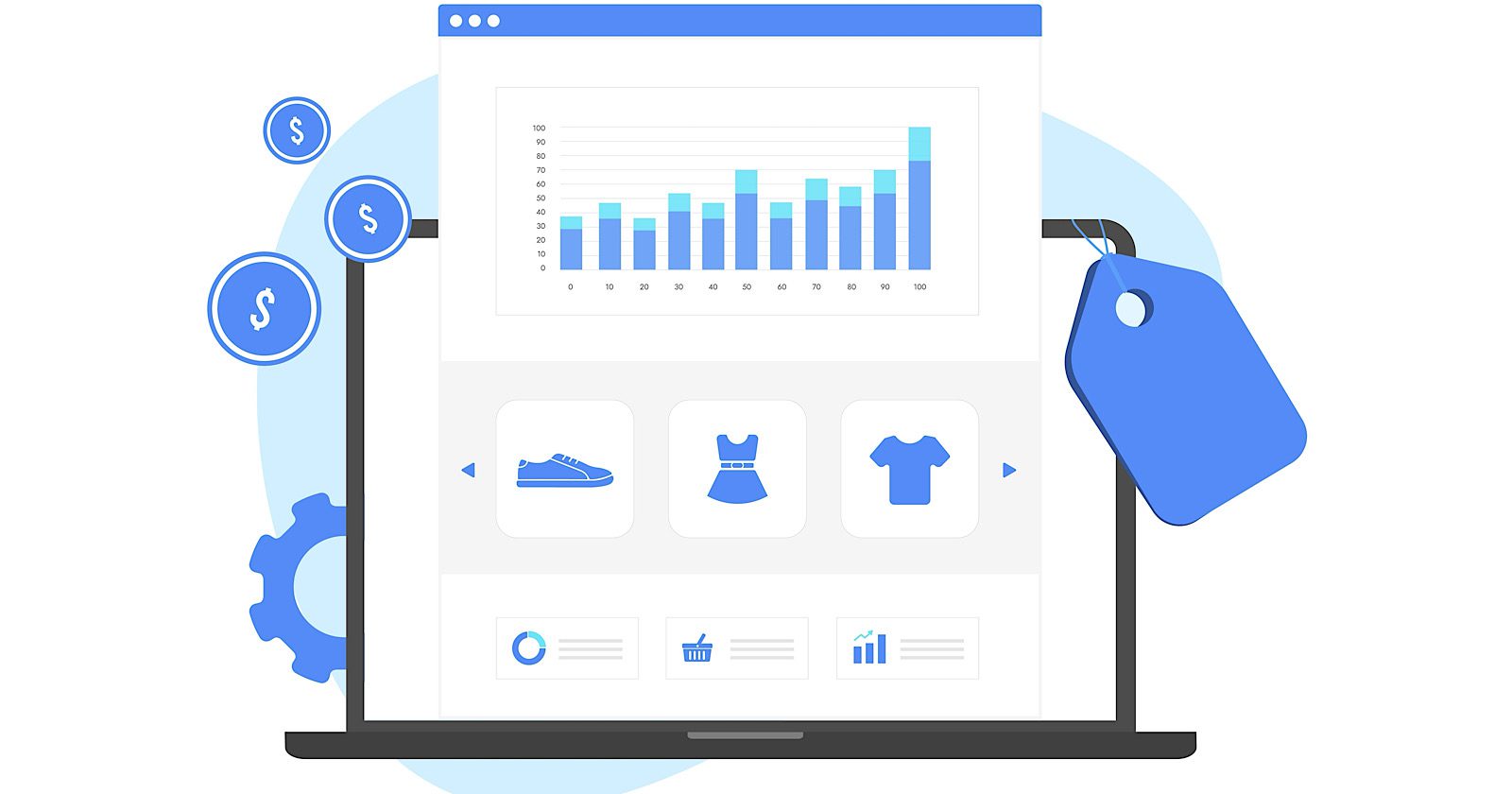How To Manage Demand Fluctuation During Key Ecommerce Shopping Seasons via @sejournal, @brookeosmundson

Ecommerce demand doesn’t rise and fall in a straight line throughout the years.
It can build gradually, spike hard, stall, or drop with little-to-no warning. During peak shopping periods like Black Friday, Cyber Monday, Prime Day(s), Back-to-School, these swings become even more intense.
For PPC marketers, that volatility affects far more than just traffic or CPCs. It influences bidding strategies, budgets, inventory planning, campaign structures, and even internal operations.
Managing demand fluctuation isn’t just about “spending more when demand is high.” It’s also about knowing when demand is coming, preparing your accounts before the surge, staying in control while competition rises, and stabilizing performance after the peak ends.
It means understanding that marketing decisions affect logistics and profitability, not just vanity metrics like impression share.
This article will walk you through how to manage demand in a way that improves performance and protects the business across each phase of the season.
1. Understand And Anticipate Seasonal Demand
Predictable seasonal spikes are only predictable if you know what to look for.
Demand rarely appears out of nowhere. It ramps up gradually. The marketers who recognize early changes in behavior are the ones who scale at the right time instead of reacting too late.
Start with historical data from your own account. Look at when impressions and clicks began to rise last year, not just when the holiday officially started.
Compare year-over-year and week-over-week trends to identify whether demand is starting earlier. In many industries, consumers begin researching long before they’re ready to buy, which means waiting until “the big day” is too late to build momentum.
Conversion lag is another signal. If your data shows it normally takes five days from first click to purchase, and your promo begins on Friday, you need to start increasing budget earlier in the week. Otherwise, you’ll miss buyers who started the journey before the event.
Don’t ignore external factors. Shipping cutoff dates, competitor promotions, weather trends, and even economic sentiment can accelerate or delay demand. The data in the platform only shows part of the picture, while market behavior provides the context.
Forecasting is also critical. Even a simple model based on past revenue, impression share, and growth targets can help you determine expected demand and budget requirements.
This helps create a baseline so you can recognize when performance is ahead or behind expectations and adjust accordingly.
2. Align Bids And Budgets With Demand
Once demand starts building, your bidding and budgeting strategy must evolve with it. This is where many marketers either scale too slowly and miss opportunity. On the opposite side, you scale too aggressively and burn through budget prematurely.
If you’re using Smart Bidding, seasonality adjustments in Google Ads or Microsoft Ads can help the algorithm prepare for a short-term spike that differs from typical trends. These are best used for specific, limited windows (e.g., a 3-day flash sale) rather than entire multi-week seasons.
When demand returns to normal, remove the adjustment so the system doesn’t keep bidding too high in a softening market.
Target settings also matter. A tROAS (Target Return on Ad Spend) goal that works during regular pricing may be too restrictive during steep discounts. Likewise, a CPA goal may need to be relaxed slightly if conversion rates are temporarily lower but lifetime value remains strong.
In some cases, switching to a “Maximize” strategy gives the system more flexibility to capture demand efficiently, especially when intent is high and margin is acceptable.
If using “Maximize Conversions” (or Conversion Value), you could set more flexible bid limits to let the algorithm know you’re willing to pay more for conversions without letting it go haywire and have a mind of its own.
Budgets require just as much attention as bids. If campaigns are capping out early in the day, you’re likely missing high-intent shoppers later. Increasing budgets, reallocating across campaigns, or adjusting bids to stretch delivery can help you maintain visibility during peak hours. Shared budgets can also allow strong-performing categories to pull in more spend without manual intervention.
Scaling back after the surge is equally important. Abrupt budget cuts or major bid changes can disrupt algorithmic learning. Gradual reductions give the system time to recalibrate as demand normalizes.
3. Keep Product Availability And Campaign Structures Aligned
Even the best campaign strategy falls apart if product availability isn’t properly managed.
During peak shopping seasons, inventory can change rapidly. If feeds don’t update quickly, ads may continue promoting items that are low or out of stock. This leads to wasting spend and hurting customer experience.
Be sure to increase your feed update frequency during high-demand periods. This could mean multiple syncs per day if possible.
Ensure that price, availability, and shipping information are accurate. If your platform or feed tool allows real-time inventory updates, take advantage of it.
Custom labels in your feed are one of the most valuable seasonality tools. Try labeling your products by margin, best seller status, promotion type, limited stock, or seasonality. This allows you to structure campaigns around business priorities, not just categories or sub-types.
For example:
- Increase bids on high-margin or high-conversion products
- Lower bids or pause products with low inventory
- Separate promotional items so they receive dedicated budgets and messaging
Performance Max and Shopping campaigns require even more attention. In my experience, it’s common to see PMax concentrate budget on a narrow slice of the catalog while other SKUs receive little to no impression share.
If that pattern doesn’t match your merchandising goals, segmenting high-priority product groups and tightening feed signals usually helps. If you don’t segment campaigns thoughtfully or monitor product-level performance, the algorithm may stall.
Consider using a mix of Standard Shopping and PMax when you need more control over key seasonal categories. Standard Shopping can provide the structure you need, while PMax can help with scaling.
Just make sure they serve different roles to avoid internal competition.
Campaign structure should work hand-in-hand with inventory strategy. The goal is to ensure your best products get visibility when demand spikes and that you don’t waste spend on items you can’t fulfill.
4. Work With Internal Teams During Peak Demand
In normal months, PPC managers can operate with relative independence.
During major retail seasons, that approach can create problems.
Demand fluctuation affects far more than media spend. It touches logistics, merchandising, pricing, site operations, and customer experience.
For example, if marketing pushes a product heavily but the warehouse can’t fulfill orders quickly enough, conversion rates could drop, and customer complaints can arise.
If a PPC offer launches a “50% off” ad before the site reflects the discount, you’ll likely pay for unqualified clicks or see conversions drop.
If inventory runs low but product promotions continue, you’ll burn budget on products that can’t convert.
During peak periods, cross-functional alignment is necessary for optimal performance. Be sure to establish regular communication with:
- Inventory and fulfillment (stock levels, restock timelines, shipping delays).
- Merchandising (featured products, bundles, hero SKUs).
- Pricing and promotions (exact discount timing and margin impact).
- Creative (messaging changes, urgency vs. value).
- Site operations (traffic capacity, potential downtime, landing page readiness).
- Customer service (policy changes, support volume expectations).
Even short daily syncs with these teams can prevent costly mistakes. Something as simple as a delayed shipment or pricing error can change campaign performance within hours.
When teams are aligned, marketing decisions become less reactive and more strategic.
Also, be prepared to change messaging quickly. If shipping times increase, adjust ad copy or landing page expectations. If a product is selling out fast, highlight “limited availability” or shift spend to similar in-stock alternatives.
5. Plan For Post-Peak Performance And Future Seasons
When the surge ends, the work isn’t over.
The post-peak period can feel unstable. After peak periods, I’ve experienced many advertisers observe a short re-balancing window: Conversion intent normalizes faster than bidding pressure does. This is where many marketers overreact and cut budgets too aggressively, causing campaigns to lose momentum.
Instead, treat the cooldown as a transition phase. Reset any seasonality bid adjustments. Reevaluate ROAS or CPA targets. Gradually adjust budgets to align with current demand, rather than slashing them immediately.
Shift campaign focus to retention and LTV where appropriate. Remarketing, post-purchase offers, loyalty initiatives, and subscription promotions can help turn seasonal traffic into long-term value. The conversion window doesn’t always end when the sale does.
This is also the most important time to analyze. Don’t wait weeks to reflect; be sure to capture key insights while the data is fresh.
When analyzing, ask questions like:
- Which categories or SKUs exceeded (or missed) expectations?
- Were budgets or bids too slow to adjust?
- Did any campaigns cap too early in the day?
- Were there inventory issues that hurt performance?
- How did different bidding strategies respond under pressure?
- What messaging/ad copy resonated best with users?
- What would you start earlier or stop entirely next time?
Document everything. Don’t assume you’ll remember next year.
Seasonality repeats, but consumer behavior and the corresponding algorithm responses evolve every year. The teams that improve each cycle are the ones who treat post-peak as planning time, not recovery time.
Then, build your playbook for the next season. Define earlier ramp-up timing if needed. Establish bidding and budget frameworks. Create inventory and messaging coordination workflows.
When the next seasonality surge comes, you’ll be ready to scale strategically.
Sustain Stability Through Every Season
Managing demand fluctuation is more about staying in control when the market becomes unpredictable. That requires preparation, data awareness, cross-team coordination, flexible bidding and budgeting, and deliberate post-peak analysis.
Demand shifts will always happen. The difference between chaotic seasons and successful ones comes down to how well you anticipate, adapt, and learn from each cycle.
The marketers who treat seasonality as a workflow system (not an event) are the ones who can turn volatility into growth.
More Resources:
Featured Image: Roman Samborskyi/Shutterstock

